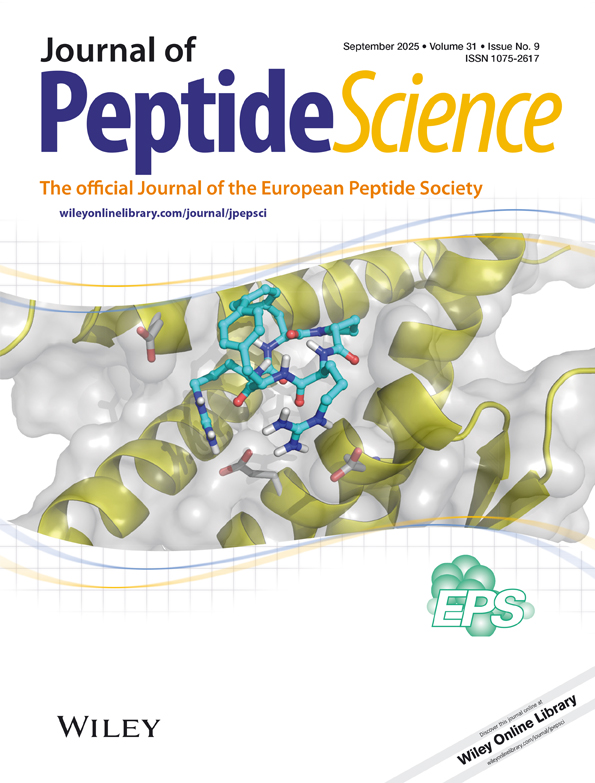Microscopic observations of the different morphological changes caused by anti-bacterial peptides on Klebsiella pneumoniae and HL-60 leukemia cells
Abstract
Natural anti-bacterial peptides cecropin B (CB) and its analogs cecropin B-1 (CB-1), cecropin B-2 (CB-2) and cecropin B-3 (CB-3) were prepared. The different characteristics of these peptides, with amphipathic/hydrophobic α-helices for CB, amphipathic/amphipathic α-helices for CB-1/CB-2, and hydrophobic/hydrophobic α-helices for CB-3, were used to study the morphological changes in the bacterial cell, Klebsiella pneumoniae and the leukemia cancer cell, HL-60, by scanning and transmission electron microscopies. The natural and analog peptides have comparable secondary structures as shown by circular dichroism measurements. This indicates that the potency of the peptides on cell membranes is dependent of the helical characteristics rather than the helical strength. The microscopic results show that the morphological changes of the cells treated with CB are distinguishably different from those treated with CB-1/CB-2, which are designed to have enhanced anti-cancer properties by having an extra amphipathic α-helix. The morphological differences may be due to their different modes of action on the cell membranes resulting in the different potencies with lower lethal concentration and higher concentration of 50% inhibition (IC50) of CB on bacterium and cancer cell, respectively, as compared with CB-1/CB-2 (Chen et al. 1997. Biochim. Biophys. Acta 1336, 171–179). In contrast, CB-3 has little effect on either the bacterium or the cancer cell. These results provide microscopic evidence that different killing pathways are involved with the peptides. © 1998 European Peptide Society and John Wiley & Sons, Ltd.




